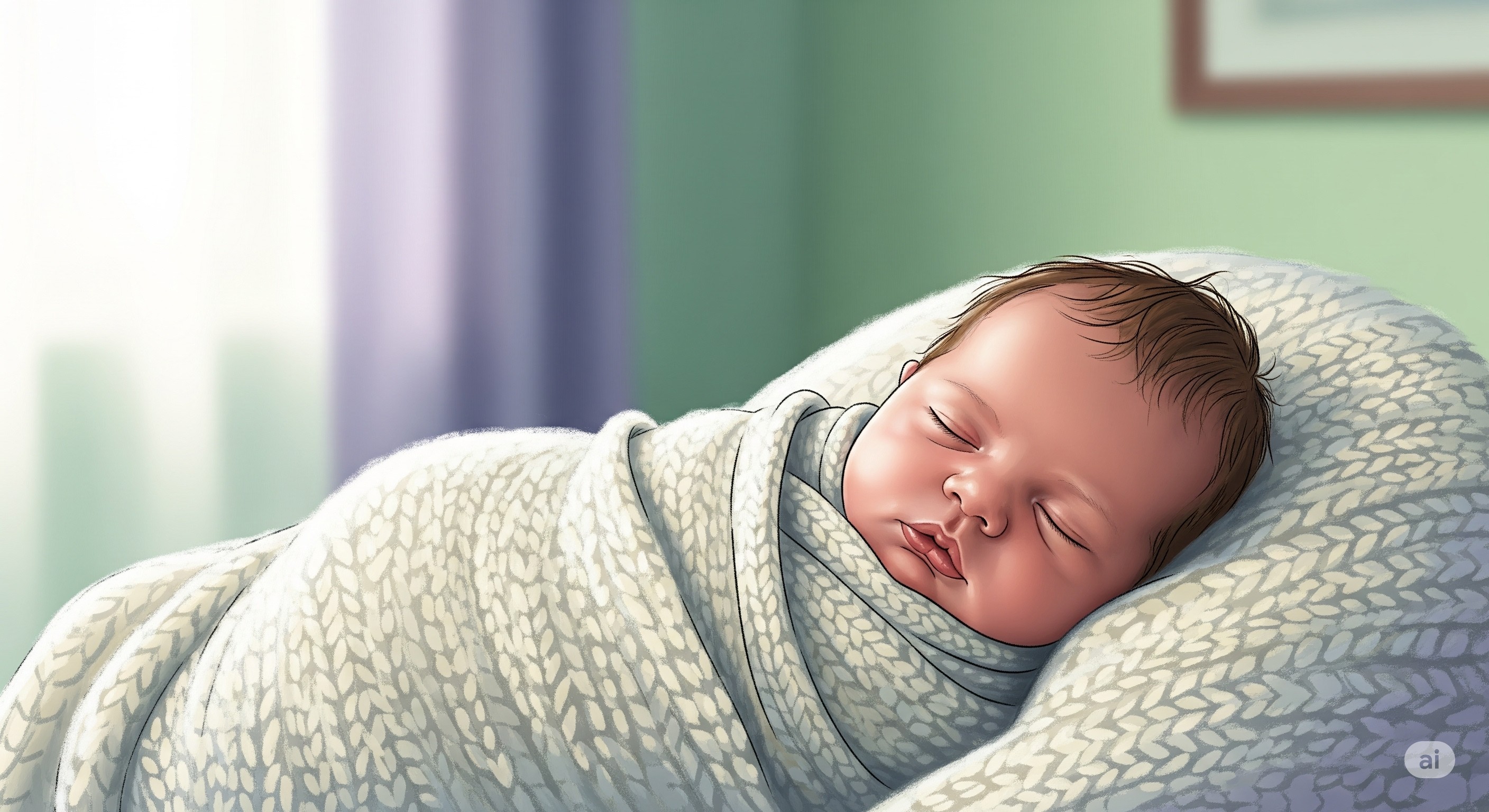The Challenge: A Deeper Look
Introduction
It can be startling for new parents to watch their baby’s chest rise and fall, only to notice sudden pauses or irregular rhythms. This pattern, known as periodic breathing, is common in newborns and usually harmless. Understanding what it is—and how it differs from more serious breathing problems—can help new mothers, pregnant women preparing for motherhood, and families feel reassured and confident in caring for their little one.
Your Path Forward: Practical Solutions
Newborn Breathing Pauses Explained
Periodic Breathing vs Distress Signs
What Is Periodic Breathing?
Periodic breathing is a normal breathing pattern in many infants, especially during sleep. It involves:
- Short pauses in breathing, typically lasting 5–10 seconds.
- Rapid breathing that follows the pause, as the baby’s body “catches up.”
- A return to a regular rhythm afterward.
This can happen several times an hour, particularly during light sleep or after feeding. It is most noticeable in the first few months of life and usually resolves as the baby’s nervous system matures.
Why Does Periodic Breathing Happen?
Newborns’ respiratory systems are still developing. The brain’s breathing control center—which regulates oxygen and carbon dioxide—remains immature for the first few months. As a result:
- Babies may temporarily “forget” to breathe for a few seconds.
- Their body quickly corrects this with a burst of faster breaths.
- Oxygen levels remain within safe limits during these short pauses.
This process reflects normal neurologic immaturity, not disease. By about 6 months of age, most babies have outgrown noticeable periodic breathing.
Differentiating Periodic Breathing from Serious Conditions
While periodic breathing is normal, it’s important to distinguish it from more concerning issues:
- Apnea of Prematurity
- Occurs mainly in premature infants (<37 weeks).
- Breathing pauses last more than 20 seconds.
- Often associated with low oxygen levels, color changes (blue/pale), or slowed heart rate.
- Sometimes requires treatment with caffeine or theophylline to stimulate breathing.
- Respiratory Distress Syndrome (RDS)
- Seen in premature babies due to underdeveloped lungs.
- Symptoms include grunting, flaring nostrils, chest retractions, and rapid, labored breathing.
- Requires medical intervention and sometimes oxygen therapy.
- Obstructive Sleep Apnea
- Rare in full-term newborns.
- Breathing pauses occur because of airway blockage, not brain immaturity.
- May be linked to anatomical issues like enlarged tonsils (in older infants/children).
Key Difference: In normal periodic breathing, pauses are brief (5–10 seconds), resolve on their own, and are not associated with skin color changes, limpness, or distress.
The Reward: Embracing the Benefits
Safe Sleep Setup & Monitoring
While periodic breathing is normal, creating a safe sleep environment is the best way to protect your baby.
Safe Sleep Practices
- Always place the baby on their back to sleep.
- Use a firm, flat mattress with a fitted sheet.
- Keep the crib free of pillows, blankets, toys, and bumpers.
- Maintain a comfortable room temperature.
Tracking Symptoms
Observe your baby's breathing patterns. Note the duration of pauses and any associated symptoms. This information can be helpful for your pediatrician.
When to Seek Medical Attention (When to Seek Care)
Parents should call their pediatrician right away or seek emergency care if they observe:
- Pauses longer than 20 seconds.
- Blue, gray, or very pale skin, especially around lips or face.
- Limpness, unusual stillness, or extreme sleepiness.
- Struggling to breathe (nostril flaring, chest retractions, grunting sounds).
- Poor feeding or sudden difficulty waking.
If in doubt, always err on the side of caution and consult a healthcare provider.
Most Important FAQ
Is it normal for my newborn's breathing to sound irregular? +
How can I tell the difference between periodic breathing and something more serious? +
What should I do if I notice my baby has periodic breathing? +
Conclusion
Periodic breathing is a common, normal pattern in newborns. It reflects the natural immaturity of the brain’s breathing control system and usually resolves without any intervention. While it can be unnerving to witness, it is not dangerous in healthy, full-term babies.
Parents should learn the difference between normal pauses and concerning symptoms, follow safe sleep guidelines, and seek medical advice whenever unsure. With reassurance, knowledge, and supportive practices, families can focus more on bonding with their baby and less on unnecessary worry.
